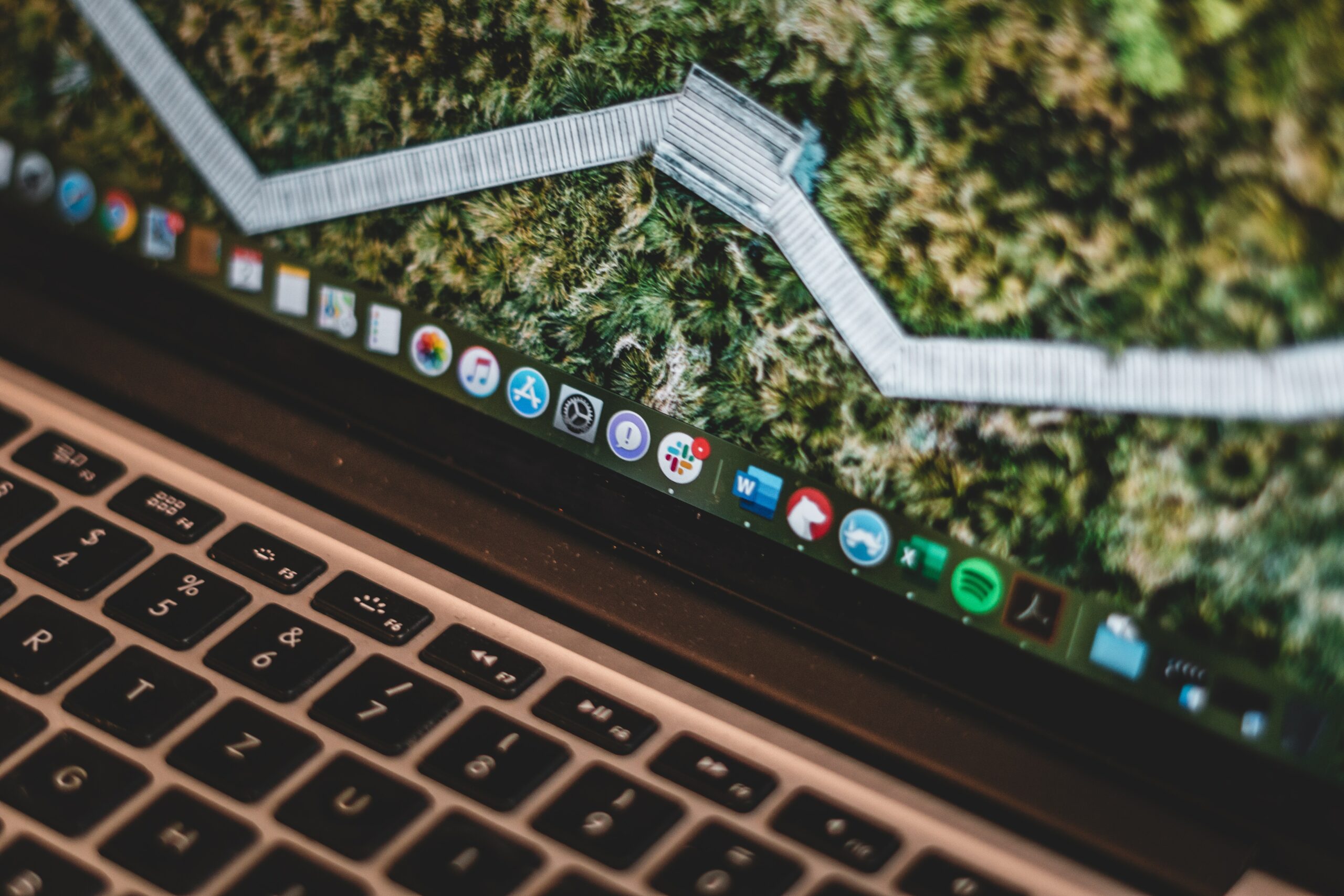© REUTERS / PETER DASILVA
Products
Apple used the WWDC keynote to show the second generation of its own processor.
Apple has introduced the successor to its acclaimed processor. The M2 can be used in the new MacBook Air and a revised MacBook Pro as early as July.
Bigger MacBook Air
The new MacBook Air will be released next month, but cannot be pre-ordered yet. It has increased to 13.6 inches, but remains very thin and light at 11.3 millimeters and 1.2 kilograms. The Liquid Retina display has a resolution of 2,560 x 1,664 pixels. According to Apple, it has 500 nits and should therefore be 25 percent brighter than its predecessors.
The 1080p camera is hidden in a notch, which narrows the overall frame a bit. It is equipped with 2 Thunderbolt ports, a 3.5mm audio jack and MagSafe. The 4 built-in speakers also support 3D audio for music and films.
4 images
View slide show
© Image: Apple
© Image: Apple
© Image: Apple
© Image: Apple
You can buy the MacBook Air in addition to the well-known silver and gray now also in the golden "Starlight" and the dark blue "Moonlight". There is a version with an M1 chip (8GB) and 256 GB SSD for 1,199 euros. With M2 (8GB) you can choose between an SSD with 256 GB or 512 GB. Depending on the price, it costs 1,499 or 1,849 euros.
If you want more memory, you add more. Another 230 euros are added for 16 GB, and another 460 euros for 24 GB. Storage space also costs extra: 1 TB costs an additional 230 euros, 2 TB 690 euros. So if you want a MacBook Air with an M2 and 24 GB of RAM and a 2 TB SSD, you will have to pay almost 3,000 euros.
You can also choose whether you want a 35W dual USB-C port adapter or a 67W USB-C adapter.
© REUTERS / PETER DASILVA
MacBook Pro with M2
In addition to the new MacBook Air, the current MacBook Pro with the new chipset will also appear. The M2 version will be the smallest at 13 inches, the M1 Pro version is available in 14 and 16 inches.
The prices are similar to those of the MacBook Air. The basic versions with the 8 GB M2 cost 1,599 euros (256 GB SSD) and 1,829 euros (512 SSD). For more RAM and larger hard drives, you pay the same surcharge as with the MacBook Air.
© EPA / APPLE INC. HANDOUT
M2: Faster and more efficient than M1
The new chipset focuses primarily on energy efficiency. The chip is said to have an 18 percent faster CPU, a 35 percent more powerful GPU and 40 percent faster Neural Engine than its predecessor. It should now be able to perform up to 15.8 trillion arithmetic operations per second. The Neural Engine (NPU) takes care of improving processes using machine learning.
More memory
It should have 50 percent more memory bandwidth and be able to use up to 24 GB of shared memory. Unlike RAM, this is integrated in the chip and is distributed to the Neural Engine, GPU and CPU depending on the current task. This should make the chip much faster. In any case, the performance of the predecessor M1 was convincing, which still came with a maximum of 16 GB of RAM.
©Apple
MacOS Ventura
A new operating system will soon be used on the new devices, namely macOS Ventura. Multitasking and the new Stage Manager are still in the foreground. Programs can be grouped here so you can switch between them faster.
View slide show
© Image: Apple
© Image: Apple
© Image: Apple
A dedicated adapter holds the iPhone to the display. The wide-angle camera then ensures that you can open a desktop view in addition to the person view. It looks like you have 2 cameras installed, but everything is recorded through the iPhone lenses.
Collaboration and improved mail
With shared tab groups, you can now open multiple tabs in Safari and share the entire collection with others. They can also make changes to it.
Mail's search function has been further improved and now recognizes spelling mistakes when typing. With Undo Send you can undo and revise emails that have already been sent. The sending of e-mails can now also be programmed in terms of time.
Passkeys are coming
Apple also wants to use passkeys to replace passwords in the future. With the help of the biometric sensors in the device, such as TouchID or FaceID, you should be able to identify yourself. This is synchronized across all Apple devices and you no longer have to remember passwords. The development took place within the framework of the FIDO Alliance, which also includes Google.
You can read what else Apple presented at its keynote in our ticker (here).



